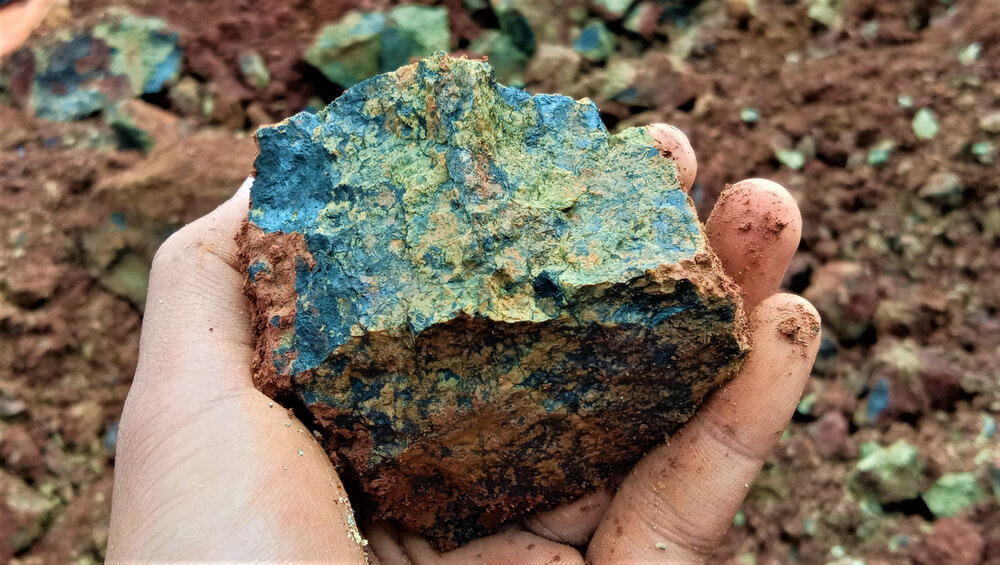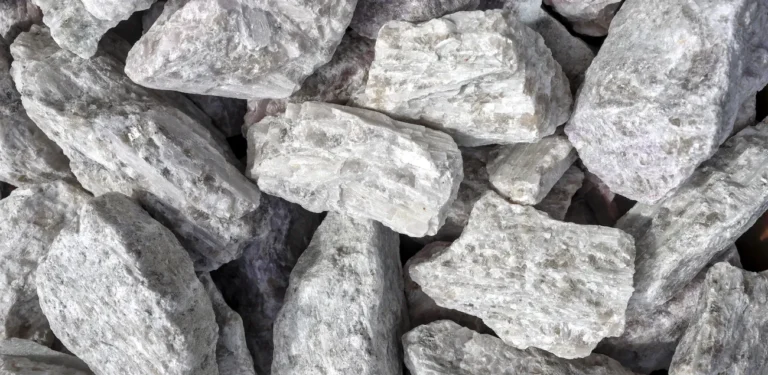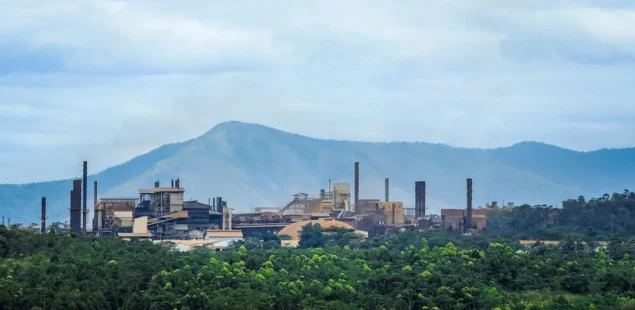
The nickel market is expected to remain oversupplied in 2025, with a projected surplus of 156,000 metric tons as production in Indonesia and China continues to expand. According to Jason Sappor, senior analyst at S&P Global Commodity Insights, the surplus is driven by increased output and slowing demand from the stainless steel and battery materials sectors, making it unlikely for high-cost mines to resume operations in the first quarter.
China’s economic stimulus efforts, including a Yuan 10 trillion fiscal plan announced in November 2024, have failed to lift investor confidence. The LME three-month nickel price closed at $15,328 per metric ton on December 31, down 15.6% from its quarterly peak of $18,153 in October. Market participants believe more proactive policies are needed to boost consumer income and spending.
Nickel ore prices also experienced significant declines in the fourth quarter. Low-grade nickel ore prices fell 14% to $34.50 per wet metric ton (wmt) on December 24, while high-grade prices dropped 6% to $58/wmt. Platts assessed low-grade nickel ore with 1.3% nickel content at $36/wmt CIF China and high-grade ore with 1.6% nickel content at $59/wmt CIF China on January 14, reflecting ongoing downward pressure.
China’s stainless steel sector, a major consumer of nickel, slowed in the fourth quarter due to a sluggish property market and ample inventories. Nickel pig iron (NPI) prices fell 10.5% to $114.50 per metric ton unit (mtu) on December 31 from a peak of $128/mtu in October. As January approaches the Lunar New Year holidays, stainless steel production is expected to decline by 10%-20% month-on-month, keeping NPI prices rangebound.
Indonesia, the world’s largest nickel producer, has introduced stricter mining quotas to stabilize nickel prices. The government is scrutinizing 2025 mining approvals and adherence to regulations, following a new approval system implemented in late 2023 to combat illegal mining. Indonesian imports of nickel ore surged by 2387% year-on-year to over 9 million metric tons from January to October 2024.
Despite subdued nickel prices, market participants expect some recovery due to energy transition-driven demand. The Philippines is enacting new laws to attract investment, banking on nickel’s role in the energy transition, even as demand for nickel-manganese-cobalt (NMC) batteries wanes in favor of nickel-free lithium-iron-phosphate (LFP) batteries. NMC production in China fell to 21% of total battery production in November 2024, reflecting the shift.
Spot buying of nickel sulfate remained slow in the fourth quarter, with prices falling from a high of Yuan 27,250/mt ($3,823/mt) in October to a low of Yuan 25,000/mt ($3,477/mt) in December. Platts assessed battery-grade nickel sulfate at Yuan 25,800/mt ($3,589/mt) DDP China on January 14, down 4.8% since the start of the quarter. Prices are expected to remain subdued in the short term.
Further complicating the market, President-elect Donald Trump’s proposed tariffs on Canadian goods, accounting for nearly half of US nickel imports, could raise production costs and increase reliance on Chinese metals. Market participants are monitoring potential changes to the US Inflation Reduction Act and other policies under the new administration.



